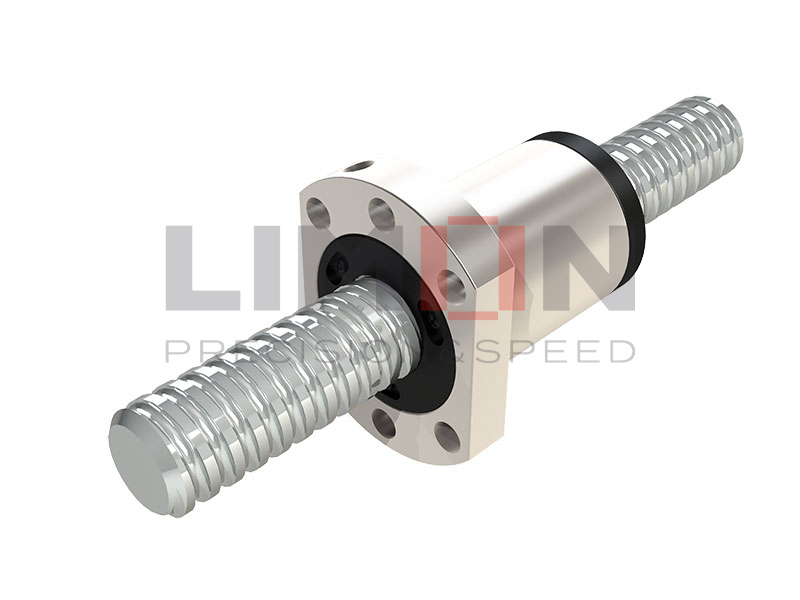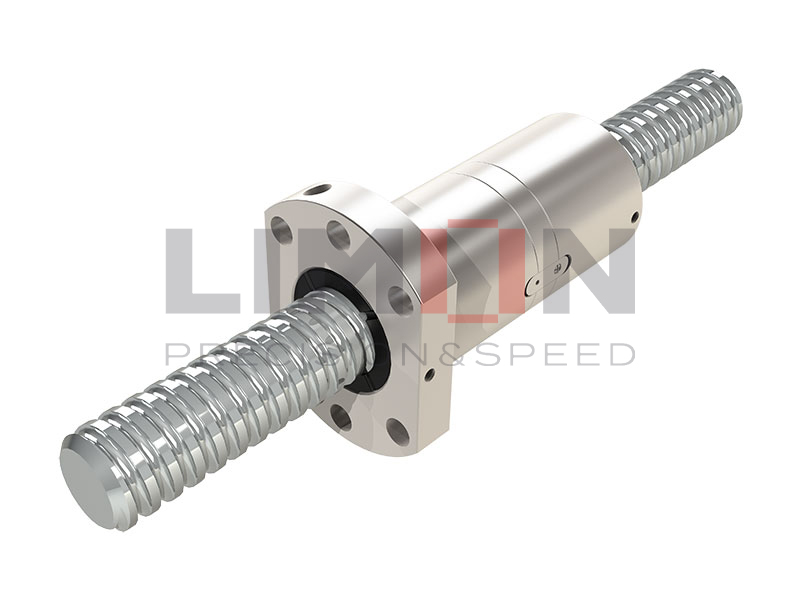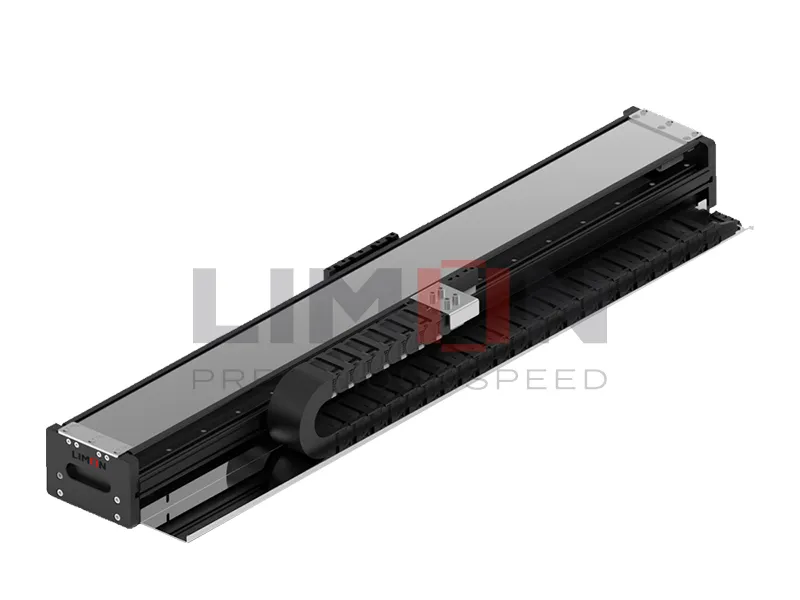Excessive friction, heat, and wear shorten machine life and increase energy costs. Ball bearings minimize these issues by enabling efficient, low-friction rotary motion. Here’s how they solve the problem.
Ball bearings are precision-engineered components that reduce rotational friction and support radial and axial loads in machinery. They enhance mechanical efficiency, lifespan, and performance across diverse industrial applications.
Understand their principles, performance factors, and where they’re most effectively used.

Principle of Operation of Ball Bearings
The working principle of ball bearings is based on minimizing friction between moving parts. A ball bearing consists of a set of spherical balls housed between two concentric rings—the inner and outer race. As the shaft rotates, the inner ring turns, and the balls roll between the two races.
Because rolling friction is significantly lower than sliding friction, the balls allow the inner ring to rotate smoothly while maintaining separation from the outer ring. This not only reduces energy loss but also ensures consistent load distribution.
Ball bearings also include a cage (or retainer) that holds the balls evenly spaced and prevents contact between them. Lubrication—either grease or oil—is critical to reduce wear and manage temperature. Seals or shields may be included to protect the bearing from contaminants like dust or moisture.
Key principles include:
Conversion of sliding to rolling friction
Load distribution across balls
Precision-machined races for smooth motion
Axial and radial load balancing
By using hard steel or ceramic materials for durability, ball bearings ensure long-lasting, reliable operation even under dynamic conditions.
What Are Ball Bearings Used For?
Ball bearings are used in any system where smooth, low-friction rotation is essential. They support radial loads (perpendicular to the shaft) and axial loads (along the shaft), making them critical in maintaining alignment and stability in rotating assemblies.
Common functions include:
Reducing rotational friction
Maintaining shaft alignment
Improving energy efficiency
Enabling high-speed operation
Supporting dynamic and static loads
They’re found in both lightweight systems like electric fans and high-load industrial machinery such as turbine generators or conveyor rollers. Their standardized sizes and interchangeable designs also make maintenance and replacement easy.
Key industries that use ball bearings:
Automotive (wheel hubs, engines, gearboxes)
Aerospace (rotor assemblies, actuators)
Electronics (hard drives, cooling fans)
Medical devices (pumps, MRI tables)
Industrial automation (robot joints, CNC spindles)
From miniature motors to aircraft turbines, ball bearings play a crucial role in virtually every mechanical motion system.
Main Applications
The versatility of ball bearings is reflected in their widespread industrial, commercial, and consumer product usage. Here are several key application areas:
1. Automotive Industry
Ball bearings are used in wheel hubs, transmissions, clutches, and alternators. They provide durability under continuous motion and variable loads, improving performance and reducing noise.
2. Industrial Equipment
In CNC machines, pumps, and compressors, ball bearings maintain shaft alignment and allow for precision at high speed.
3. Electric Motors and Generators
Bearings reduce internal friction and support the rotor, increasing motor efficiency and operational lifespan.
4. Medical Devices
MRI machines, ventilators, and dental tools use high-precision bearings to ensure reliable and hygienic operation with minimal vibration.
5. Aerospace and Defense
Ball bearings withstand extreme temperatures, pressure variations, and vibrations in turbines, actuators, and navigation systems.
6. Home Appliances
Washing machines, refrigerators, and air conditioners use sealed bearings to ensure quiet, reliable operation with minimal maintenance.
Each application type may use a different style of bearing depending on speed, load, orientation, and environmental exposure.
Ball Bearing Load, Fatigue, and Lifespan
Ball bearing performance is defined by its ability to handle load, resist fatigue, and maintain structural integrity over time.
1. Load Types
Radial Load: Acts perpendicular to the shaft (e.g., rotating pulleys).
Axial Load: Acts parallel to the shaft (e.g., thrust washers).
Combined Load: Most real-world scenarios involve both.
2. Fatigue and Life Expectancy
Bearing life is typically defined by the L10 rating—the number of hours at a specified load and speed where 90% of bearings will operate without failure. Fatigue life depends on:
Load magnitude
Material hardness
Lubrication quality
Contamination exposure
Operating temperature
3. Failure Modes
Spalling (surface cracks due to fatigue)
Wear from poor lubrication
Corrosion from moisture
Fracture from overloading
Cage damage due to misalignment
Proper maintenance, sealed enclosures, and load analysis are essential to maximize bearing lifespan and prevent downtime.
What Are the Different Types of Ball Bearings?
There are several ball bearing types, each tailored to handle specific load directions, speeds, and environmental conditions. Understanding the right type is key to efficient mechanical design.
1. Deep Groove Ball Bearings
Most common type. Suitable for radial and moderate axial loads. Available in single and double row designs.
2. Angular Contact Ball Bearings
Support both radial and significant axial loads in one direction. Often used in pairs for dual-direction axial support.
3. Self-Aligning Ball Bearings
Have two rows of balls and a common spherical raceway in the outer ring, allowing alignment errors to be corrected automatically.
4. Thrust Ball Bearings
Designed exclusively for axial loads. Common in vertical shafts and low-speed applications.
5. Miniature and Instrument Bearings
Used in precision devices such as gyroscopes and laboratory instruments.
6. Hybrid Ceramic Bearings
Use ceramic balls with steel races—lighter, corrosion-resistant, and better for high-speed, low-friction systems.
7. Stainless Steel and Plastic Bearings
Used in food processing, marine, or chemical applications for corrosion resistance.
Each bearing type has specific load and speed capabilities, and selecting the wrong one can lead to premature failure or suboptimal performance.
Summary
Ball bearings reduce friction, support loads, and improve motion precision—foundational to efficient mechanical systems across industries.For further questions please contact [email protected]




